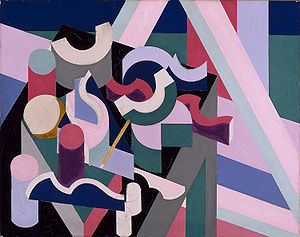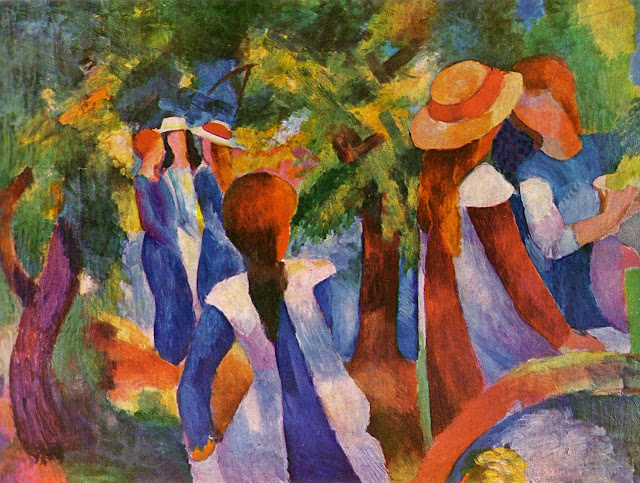Abstract expressionism was an specifically American post-World War II art movement. It was the first American movement to achieve worldwide influence and also the one that put New York City at the center of the art world, a role formerly filled by Paris.
After WWII, with images of the Holocaust everywhere, it seemed redundant for socially-aware artists to paint these same images … a photograph at the time was much more powerful. Artists began to explore color and shape and to paint an entire canvas orange or blue.
These works were produced in an extremely specific geographical setting and revealed a specific attitude. It was the result of the rivalry and dialogue between young American artists and the large community of European artists living in exile in New York. Additionally, it has an image of being rebellious, anarchic, and highly idiosyncratic and, some feel, rather nihilistic. It is seen as combining the emotional intensity and self-expression of the German Expressionists with the anti-figurative aesthetic of the European abstract schools such as Futurism, the Bauhaus and Synthetic Cubism. The movement describe formal trend in American abstraction at the time. It can be broadly divided into two groups: Action Painting and Color Field and Hard-Edge Painting. It has its non-American parallels with similar aims (Art Informel, Cobra, Lyrical Abstraction).
By the 1960s, the movement had lost most of its impact, and was no longer so influential. Movements which were direct responses to, and rebellions against, abstract expressionism had begun, such as pop art and minimalism. However, many painters who had produced abstract expressionist work continued to work in that style for many years afterwards.

Jackson Pollack’s Guardians of the Secret







